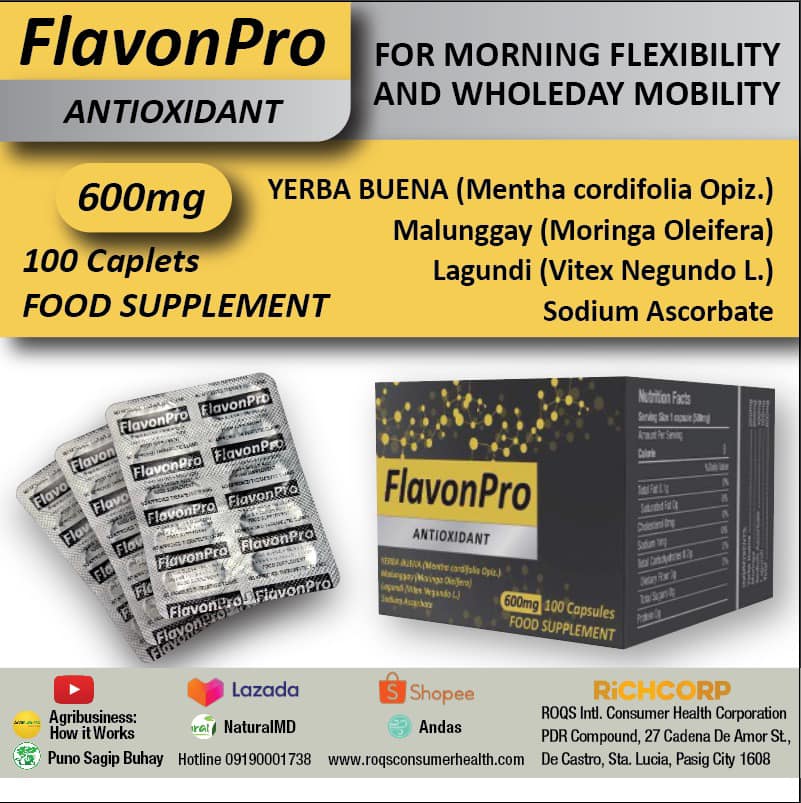The Philippines has started to reap the gains of the Aquino administration’s history-high investments in agriculture as manifested in increased production and income of farmers.
The DA received a total budget of P339 billion from 2011 to 2015, the highest budget ever allocated to the department in a span of five years. This corresponds to the budget allocated under three previous administrations—from the time of President Ramos in 1994 to the last year of President Arroyo in 2010.
The significant increase in the DA’s budget from 2011 to 2015 has enabled the DA to rationalize its programs, projects and services especially for smallholder farmers and fishers.
With increased funding, the government has been able to reach out to more farmers and fishers in the countryside, working closely and establishing partnerships with local government units on projects such as irrigation, farm mechanization, post-harvest facilities, and intensification of the use of high-quality seeds, fertilizers and other inputs. These interventions have helped in decreasing production cost and increasing yields.
For instance, the province of Davao del Sur, which was awarded as an outstanding province in the Agri-Pinoy Rice Achievers Awards, attributes its increase in rice production to the strengthened support of the national government.
“The Department of Agriculture and local government units have established a good relationship. In terms of support and interventions, the Department of Agriculture has always been there to augment whatever we lack in the province,” Nally Bangoy, Provincial Agriculturist of Davao del Sur said.
Increased production in volume and value
Similar interventions in Davao del Sur have been implemented in other provinces to increase productivity, addressing as well needed interventions for other commodities from crops, livestock and fisheries.
Based on data from Philippine Statistics Authority (PSA), the production of most farm commodities has increased both in volume and value from 2010 to 2014.
Palay and corn respectively posted 20.26% and 21.86% increase in production volume for 2010 and 2014. Complementing this increase in production volume for these food staples is the increased production value at 64.70% and 44.38%, respectively.
The production value of high-value crops such as coconut, sugarcane, banana and mango, as well as livestock, poultry and fish have likewise increased.
Overall, these commodities registered an average increase in production value at 27.89% or Php350 billion higher than the 2010 total value at Php1.25 trillion.
Improved farmer incomes
The increase in production volume and value has improved the income of farmers. Rice farmers’ income in 2010 and 2013, for instance, has improved from Php15,830 per hectare to Php 21,910, according to PSA data.
Aside from increased yield, this income increase of 38.4% over three tears—or an annual average of 12.8%—can also be attributed to increased farmgate palay prices from Php14.87 per kilogram to Php16.93 per kilogram.
Similarly, the net income per hectare for corn farming increased by 65.6% from Php5,760 in 2010 to Php9,537 in 2013—or an annual average growth of 21.9%.
Incomes from other crops have likewise continued to improve as the DA implements its commodity-based banner programs such as the High-Value Crops Development Program (HVCDP).
Reinvigorating fisheries
Working on a ridge-to-reef principle in agricultural development, the DA has equally assisted the fisheries sector to increase its productivity; hence improving the incomes of artisanal fisherfolk who are considered to be the poorest sector, according to the National Anti-Poverty Commission.
The value of fishery exports that have benefited smallholder fishers rose from US$634 million in 2010 to US$1.156 billion in 2013, with the biggest increase of 42.6% happening in from 2012 to 2013.
According to the DA’s Bureau of Fisheries and Aquatic Resources (BFAR), this was apparently a result of the effective enforcement of “closed seasons” for certain fish in specific areas, the massive push for aqua-silviculture, significant growth of export markets and favorable prices.
Recently, the European Union has also decided to remove the Philippines from the “yellow card” countries, or those challenged with the implementation of measures to address illegal, unreported and unregulated (IUU) fishing.
Agriculture Secretary Proceso Alcala said that the government has given due attention in reinvigorating the fisheries sector to make agricultural development more cohesive and inclusive, targeting those who need assistance most like the smallholder fisherfolk.
Agri gains to continue past Aquino
Alcala is confident that the unprecedented heavy investments in agriculture under the Aquino administration are well-spent and are worth the benefits that the country has now been reaping, and will reap even after the end of the President’s term in 2016.
“The smallholder-centered, value chain-based and complementary programs on crops, livestock and fisheries development designed within a multi-stakeholder convergence framework ensure that we have laid out a strong foundation that would sustain our gains past this administration,” Alcala said.
The Secretary also stressed that the country could expect for more gains in the agri-fishery sector as some of the biggest projects such as farm-to-market roads, irrigation systems, processing plants and trading centers, among others, have yet to become operational. (Jan P. Dacumos, DA-AFID)
Posted By: Lynne Pingoy



